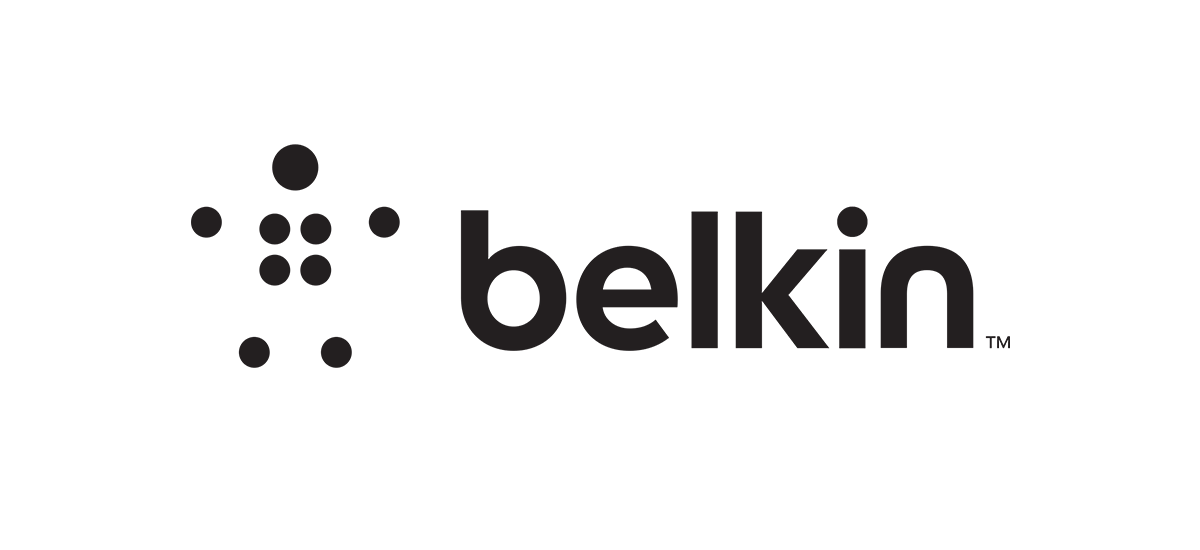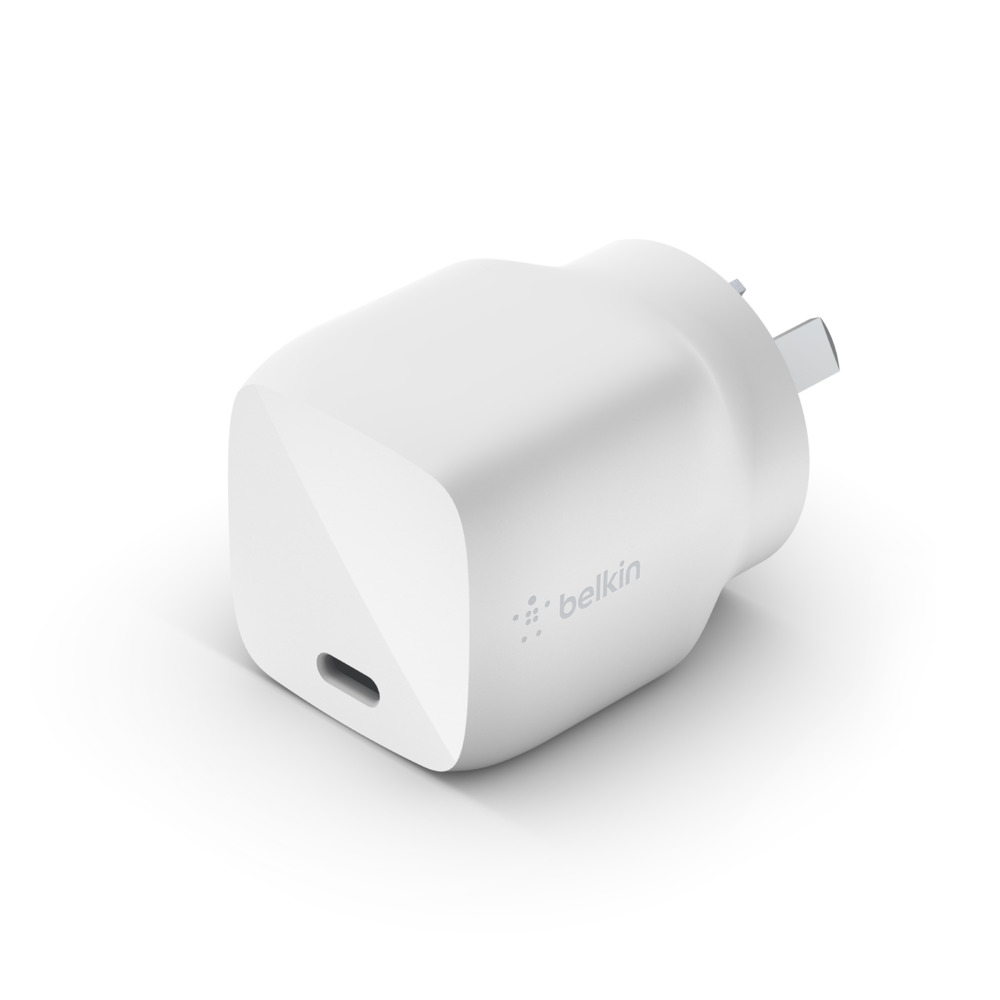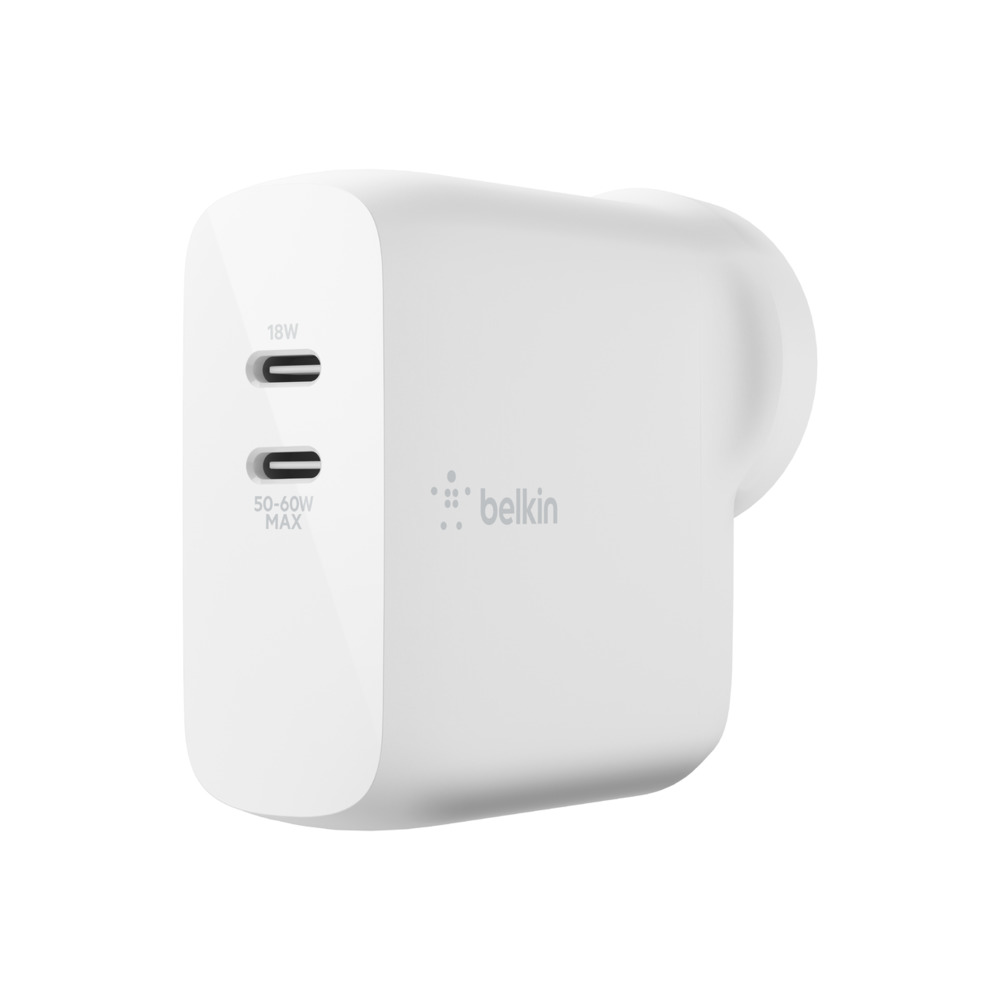Belkin had jumped aboard the GaN charger train and delivered two new offerings to the market. The two offerings are a 30W and 68W charger which can deliver the required power to phones, tablets and even laptops. GaN charging is a relatively new technology, where the material can carry higher loads (voltage) over time than silicon. This makes it far more efficient at delivering charge to your device. It also reduces your power costs over time as you’re losing minimal energy in the form of heat.
BOOST CHARGE USB-C GaN Wall Charger 30W
The BOOST CHARGE USB-C GaN Wall Charger 30W can deliver enough power for fast charging your devices for starters. It’s also very compact meaning it can easily fit into your daily carry bag, or just stay put at your regular charging point. As a USB-C PD enabled charger, compatible devices will charge very quickly including some Mac and other laptop devices.
BOOST↑CHARGE™ Dual USB-C GaN Wall Charger 68W
The BOOST CHARGE Dual USB-C GaN Wall Charger 68W offers two USB-C ports that have “Intelligent Power Sharing”. It sounds really obvious, but that shares the power across both ports as required. This is a leap forward over some other chargers which will allow — for example — 30W through one port and 15W through the other as a static offering.
The smart charging means that the device can detect when one, or both ports are in use and direct the necessary (governed by availability of course) power to that port. This ultimately leads to increased efficiency of charging for devices connected to the charger. There are some limitations still, you can:
- Charge a USB-C device with a single port and get up to 60W of power
- Charge a laptop or tablet up to 50W with one port and a smartphone up to 18W with the other
The adaptation of new technology like GaN will only improve end-user experience and the backing of a name like Belkin provides confidence.
Is reducing the number of chargers in your home a priority in the coming year?







Remember just because your device has a USB C port for charging, this doesn’t mean that the charger with USB C will charge. Still plenty of USB C devices that need the charger to have USB A.